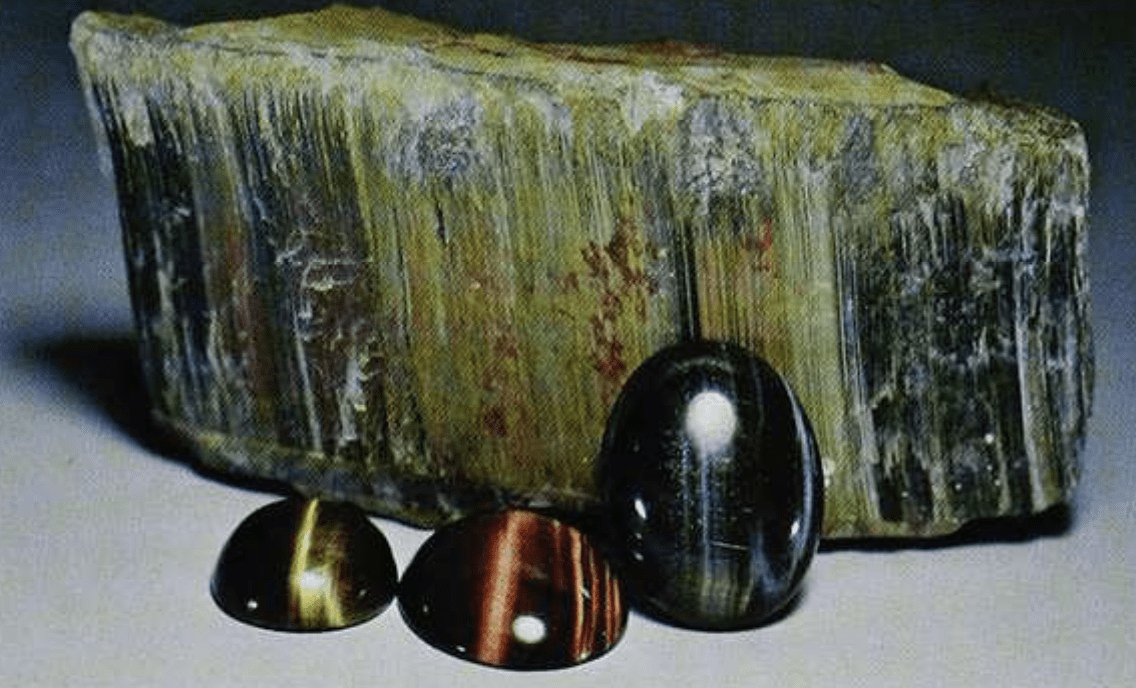Tiger’s Eye Value, Price, and Jewelry Information
Crocidolite, (blue asbestos,) alters to quartz, but while retaining its fibrous structure. This material is frequently stained by iron, giving it a golden brown color. We know this material as tigers eye. Unstained pieces, retaining their original blue color, are called Hawks Eye. There are also pieces with both colors.
Start an IGS Membership today
for full access to our price guide (updated monthly).Tiger's Eye Value
Crocidolite, (blue asbestos,) alters to quartz, but while retaining its fibrous structure. This material is frequently stained by iron, giving it a golden brown color. We know this material as tigers eye. Unstained pieces, retaining their original blue color, are called Hawk's Eye. There are also pieces with both colors.
Sources
Australia; China; Namibia; South Africa; England, UK; United States.
International Gem Society
Related Articles
Black Diamond Value, Price, and Jewelry Information
Chameleon Diamond Value, Price, and Jewelry Information
Gray Diamond Value, Price, and Jewelry Information
Green Diamond Value, Price, and Jewelry Information
Latest Articles
Opal Buying Guide
Amethyst Sources Around the World: The Geological Story Behind These Purple Gemstones
Brazilianite Value, Price, and Jewelry Information
Ruby-Glass Composites vs Leaded Glass Clarity Enhancements
Never Stop Learning
When you join the IGS community, you get trusted diamond & gemstone information when you need it.
Get Gemology Insights
Get started with the International Gem Society’s free guide to gemstone identification. Join our weekly newsletter & get a free copy of the Gem ID Checklist!
